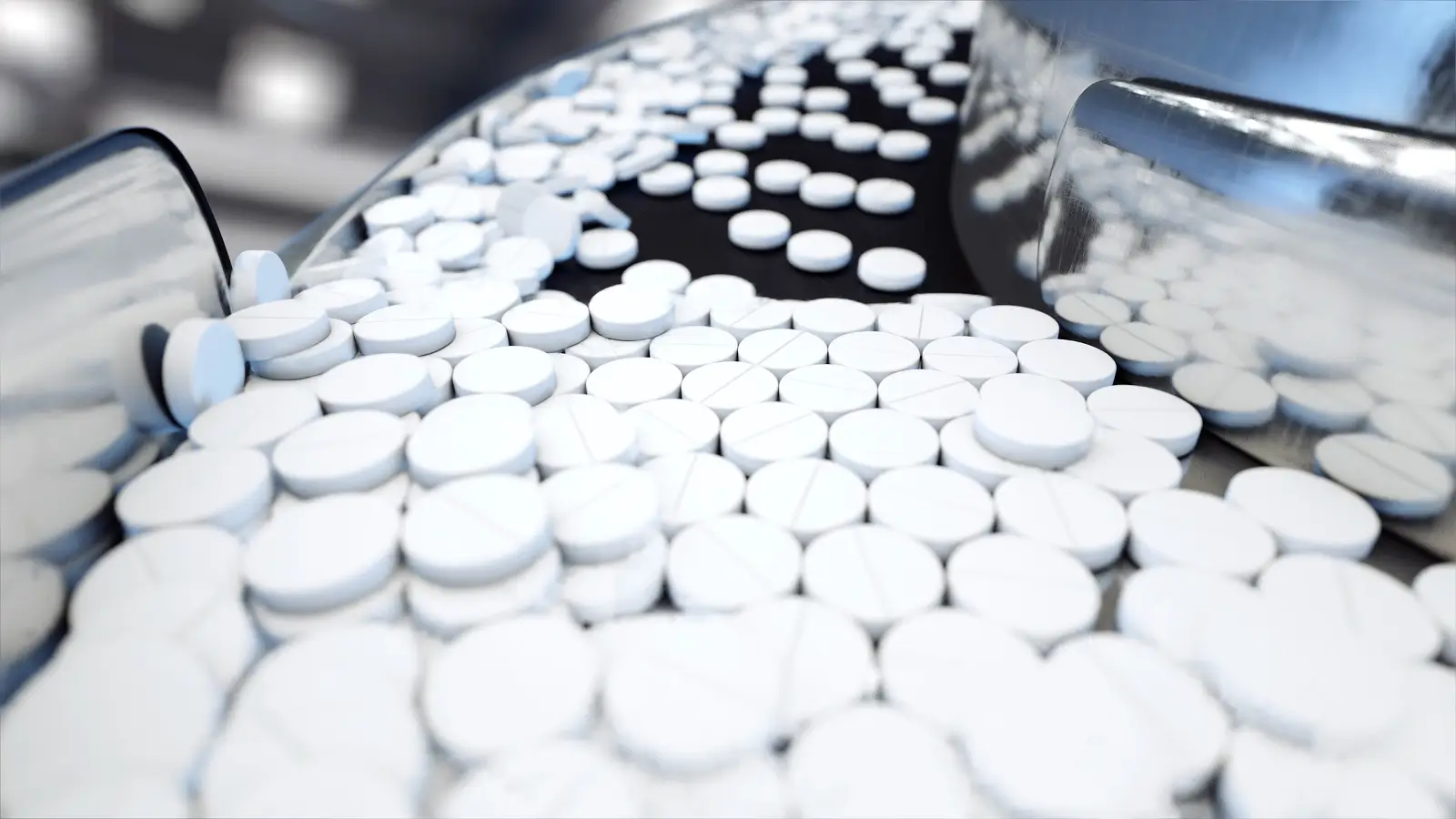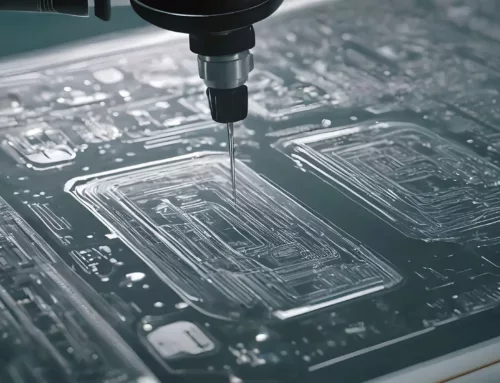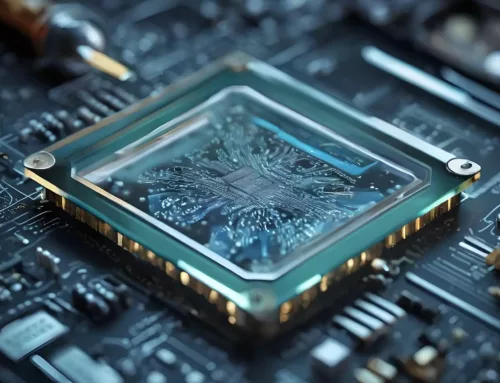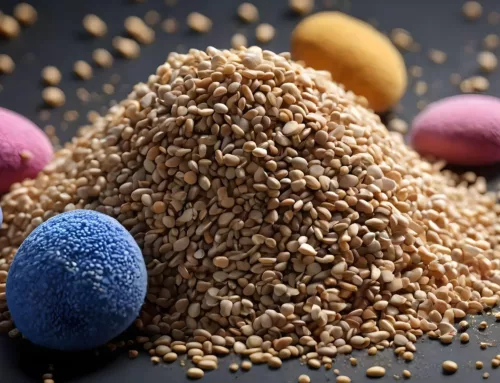In 1843, William Brockedon patented a method to press tablets, by utilizing pressure on material such as powder or granules and tablet-shaped dies. There are two methods of tabletizing, compression, and molding, however presently tablets are manufactured primarily by compression of granules and powder blends. The benefit of compressing granules does not modify any of the chemical properties used in powder formulations.
Pharmaceutical tablets are processed all over the world using direct compressing methods of granules that are either in dry or wet form. Naturally, dry granulation is to form granules without using a liquid solution due to molecular sensitivity to moister or heat. Wet granulation is the preferred method when powder adhesion is achieved with suitable granulating binder solvents. Tablets can come in varying colors, shapes, sizes, and dosages, as well as different dissolution characteristics. 90% of all clinical therapeutic pharmaceutical agents are in tablet form and are mostly used for oral administration. Logically the widespread use of tablets is due to their diversity and convenience of use.

Designing the right active ingredients requires particle research investigating different compound characteristics, as in their molecular interactions with one another, their stability, and their ability to interact and bind with the targeted molecules. This is essential in formulating a stable and effective therapeutic drug that achieves its intended design. This includes all excipients used to help with fabrication and tablet cohesion additives such as cellulose, lactose, stearates, binders, granulating solvents, or drug additives such as colorants, sweeteners, and flavorings.
Compression
The powder mix needs to undergo proper granulation to improve the tablet compression process. The two most common methods are direct compression and granulation, either in wet or dry form. Direct compression, uses binders that have direct compressibility. While granulation uses wet and dry granulation. Generally, liquid-form binders are more effective than those in dry form. But before the compression, the milling and mixing process is crucial in regards to the powder flow characteristics such as reducing the particle segregation of the powder blend, particle size reduction, proper blending, and the drying process. The tablet press squeezes the formulated powder inside a die made of hardened steel that is usually round or oval in shape. The powder is compressed forming a tablet. The tablet press is a high-precision machine that works extremely fast in conjunction with the powder feeders, weighing machines, dusting machines, coating processes, and packaging machines in a continuous stream of automated mechanized tablet manufacturing.
Defects
Compression has several benefits, it saves time, it has relatively low production costs and in itself is a simple method. However, designing the right formulation and processing the tablets requires numerous steps. Any number of factors can influence the tablet manufacturing processes which can seriously affect drug uniformity, bioavailability, and overall stability. For example, if proper granulation is not achieved then this could cause tablet shape defects, and increases downtime while looking for and resolving the possible cause.
This negatively affects productivity and increases product waste and costs. Other issues that can arise are weight inconsistencies, chipping, friability, stickiness, capping, and laminating to name but a few. When it comes to dry versus wet granulation, another common issue is the hardness of the tablets. Tablets produced using wet granulation are harder and compacter than their dry direct compression counterparts, It is also worth noting that applying thin layers of polymer coatings.to direct compression tablets may be more challenging due to them being softer.
Storage and packaging
As with all products, proper storage is important. Tablets that are sensitive to moisture can be stored with a desiccant packet or in easy-to-use blister strip packaging which is widely used for a variety of tablets. Blister strips are easy to use and allow the user to see the contents. Generally, when tablets are stored properly, low humidity, no direct sunlight, or extreme temperatures. The right packaging will provide good environmental protection for each unit of tablet ensuring the tablets will remain stable for many years.
Product quality is important, after all the tablet was designed to withstand mechanical shock during compression and packaging. Not to forget user blister strip dispensing and the ability to maintain its chemical and bioavailability properties over a long period of time. That is why in the final stages of tablet manufacturing, quality control inspection is carried out to ensure that the tablets meet the required production, safety, and health standards. Tests are conducted to test these standards. Each batch of tablets is vigorously tested if potency, weight, appearance, consistency, and disintegration time are on par with the designed drug’s specifications.
The future of tablets
Aside from conventional tablet administration, research and development are continuously looking to improve and design newer innovations in tablet technology. With the inevitable expansion of technology, connectivity, speed, and embedded global networks. Chip implants and artificial intelligence is but a door away. Therapeutic technology targets are in the pipeline towards advances in mRNA treatments, micro-tablets, multi-layered tablets, and specialized medicines with embedded biochips that send data to healthcare providers. Conveying data on how the medication is performing and if the patient has taken them or 3D printing of medications could be an effective technology to design personalized precision medicines. Powder technology has its hands full with possibilities in modifying particles to fit and improve future applications. It is an interesting future for particle technology.




